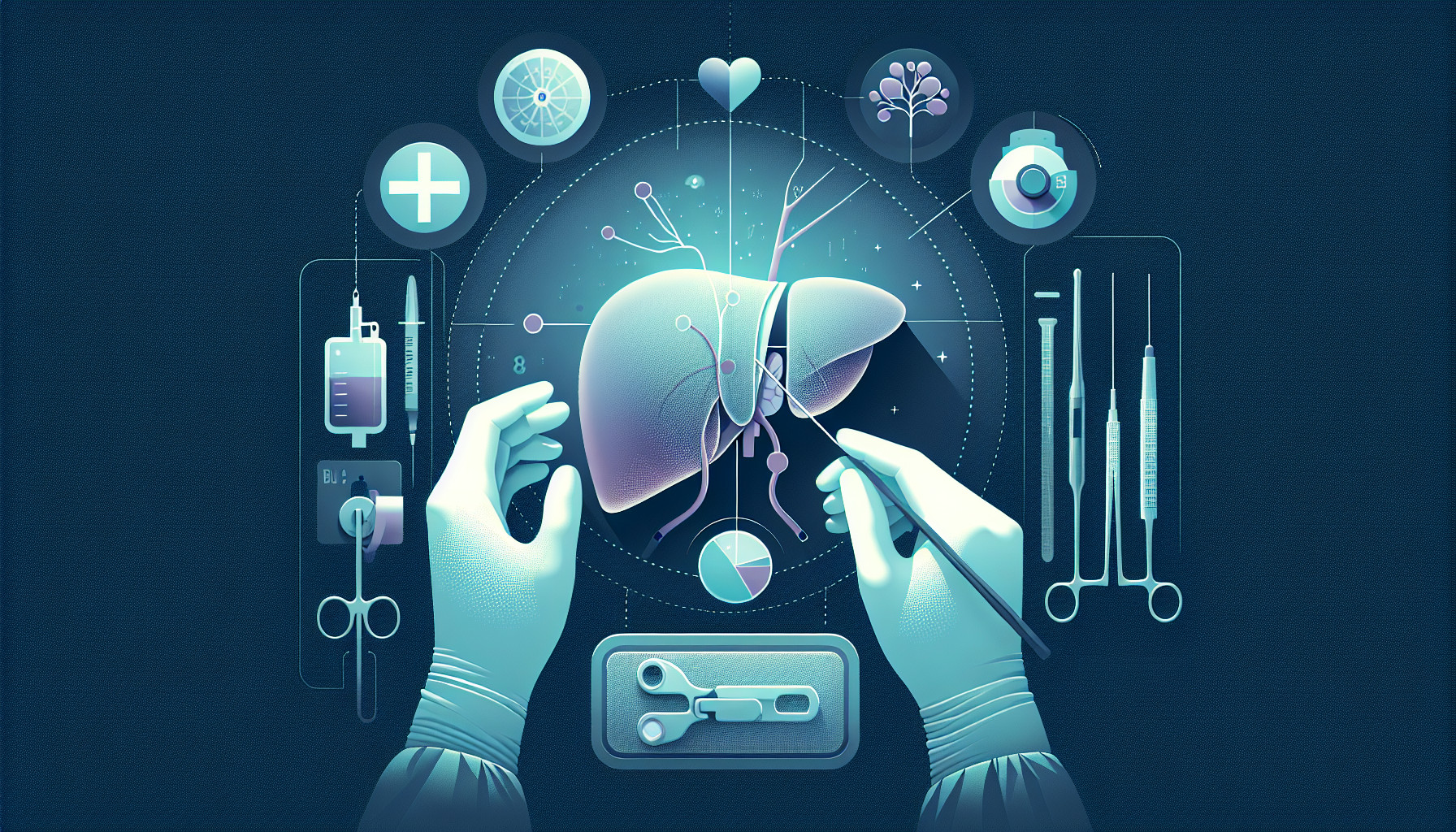Our Summary
This research study examines biliary atresia (BA), a disease in newborns that blocks the bile ducts, leading to liver damage. This disease is quite common, but little is known about it in Pakistan. The study was conducted at Shifa International Hospital from 2013 to 2020 and included all babies diagnosed with BA. The researchers recorded information about the babies’ health, how old they were when diagnosed, and what happened to them after diagnosis.
They found that among the 42 children included in the study, all of them had jaundice, and most of them also had acholic stools (pale or clay-colored stools). Some of them had other malformations as well. Tests confirmed that these symptoms were due to obstructive cholestasis, a condition where bile cannot flow from the liver to the duodenum.
Around 45% of the patients had a surgical procedure called Kasai portoenterostomy, and 14% of them had a liver transplant from a living donor. The liver transplants were performed on those between 3 months and 1 year old. Most of the transplants were done because the Kasai procedure had failed or the liver disease had become chronic. The survival rate was quite high, with the longest survival time being 7 years. However, there were some complications after the transplant, such as infections, biliary leaks, and acute cellular rejection.
The researchers concluded that a liver transplant is the only lifesaving procedure when the Kasai procedure fails or when the liver disease is advanced. The availability of liver transplantation services improves the survival chances and overall outlook for babies with this disease.
FAQs
- What is biliary atresia and how common is it in newborns?
- What procedures are commonly performed on babies diagnosed with biliary atresia?
- What are the potential complications after a liver transplant in pediatric patients?
Doctor’s Tip
A doctor might tell a patient that a pediatric liver transplant can be a lifesaving procedure for babies with conditions such as biliary atresia. It is important to closely monitor the child’s health, follow the treatment plan recommended by medical professionals, and seek prompt medical attention if any complications arise after the transplant. Additionally, the availability of liver transplantation services can greatly improve the survival chances and overall outlook for children with liver diseases.
Suitable For
Patients with biliary atresia who have failed the Kasai procedure or have advanced liver disease are typically recommended for pediatric liver transplant. In this study, the researchers found that liver transplantation was a lifesaving procedure for the majority of patients with biliary atresia in Pakistan. The availability of liver transplantation services improved the survival chances and overall outlook for these babies. It is important for healthcare providers to consider liver transplantation as a treatment option for patients with biliary atresia who are not responding to other treatments.
Timeline
Overall, the timeline for a patient with biliary atresia before and after a pediatric liver transplant includes:
- Diagnosis of biliary atresia in newborns, typically presenting with jaundice and acholic stools
- Treatment with Kasai portoenterostomy in some cases
- Progression of the disease leading to the need for a liver transplant from a living donor
- Liver transplant surgery performed between 3 months to 1 year of age
- High survival rates post-transplant, with some patients living up to 7 years
- Complications post-transplant such as infections, biliary leaks, and acute cellular rejection
- Improved survival chances and overall outlook for babies with biliary atresia with the availability of liver transplantation services
What to Ask Your Doctor
Some questions a patient should ask their doctor about pediatric liver transplant for biliary atresia include:
- What are the potential risks and complications associated with a liver transplant for my child with biliary atresia?
- How long is the recovery process after a pediatric liver transplant?
- What is the success rate of liver transplants for children with biliary atresia?
- How long does a liver transplant typically last for a child with biliary atresia?
- Are there any long-term effects or considerations to be aware of after a liver transplant for biliary atresia?
- What is the process for finding a suitable living donor for a pediatric liver transplant?
- How will my child’s quality of life be impacted after a liver transplant for biliary atresia?
- What ongoing medical care and monitoring will be needed for my child after a liver transplant?
- Are there any alternative treatments or options available for children with biliary atresia who may not be eligible for a liver transplant?
- What is the prognosis for children with biliary atresia who undergo a liver transplant?
Reference
Authors: Khan SA, Ali N, Dar FS, Malik MI. Journal: Pediatr Transplant. 2023 Feb;27(1):e14357. doi: 10.1111/petr.14357. Epub 2022 Jul 13. PMID: 35831918
